NYC Marathon: 16 Weeks and Counting
IMG_0152
Pain is inevitable. Suffering is optional.
Training for a marathon definitely comes with aches and pains, but listening to your body along the way is imperative for success! I’ll use myself as example--I have a history of multiple bilateral ankle sprains from years of playing soccer and recently tweaked my right one while playing a few months ago. To combat some resulting discomfort and instability, I’m incorporating ankle-specific (nothing glamorous) exercises with a resistance band as well as a variety of balance activities to improve stability. I’m also committed to frequent icing! If you put your feet in a bucket of ice water after long runs, it will pay dividends in the future! In addition, I plan to make an appointment with a fellow physical therapist to perform some ankle mobilizations that I can’t do by myself. This will improve joint mobility which reduces pain and calf discomfort (because of joint dysfunction) while increasing motion.
So what does this mean for you?
It means you should listen to your body and make necessary adjustments to your training such as improved running form, increased stretching, weekly strengthening, or cross-training. It’s important to address small issues when they arise so you don’t get completely sidelined.
Don’t just run through intense pain! It’s better to be a little under-trained and injury-free than over-trained and injured – I say this to every runner I treat.
Train smart!

